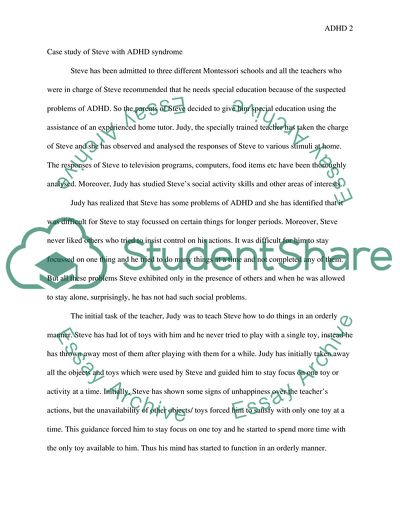Cite this document
(“Attention Deficit Hyperactivity Disorder ADHD Case Study”, n.d.)
Retrieved from https://studentshare.org/psychology/1556470-educational-psychology-case-study-specific-learning-disabilities
Retrieved from https://studentshare.org/psychology/1556470-educational-psychology-case-study-specific-learning-disabilities
(Attention Deficit Hyperactivity Disorder ADHD Case Study)
https://studentshare.org/psychology/1556470-educational-psychology-case-study-specific-learning-disabilities.
https://studentshare.org/psychology/1556470-educational-psychology-case-study-specific-learning-disabilities.
“Attention Deficit Hyperactivity Disorder ADHD Case Study”, n.d. https://studentshare.org/psychology/1556470-educational-psychology-case-study-specific-learning-disabilities.


